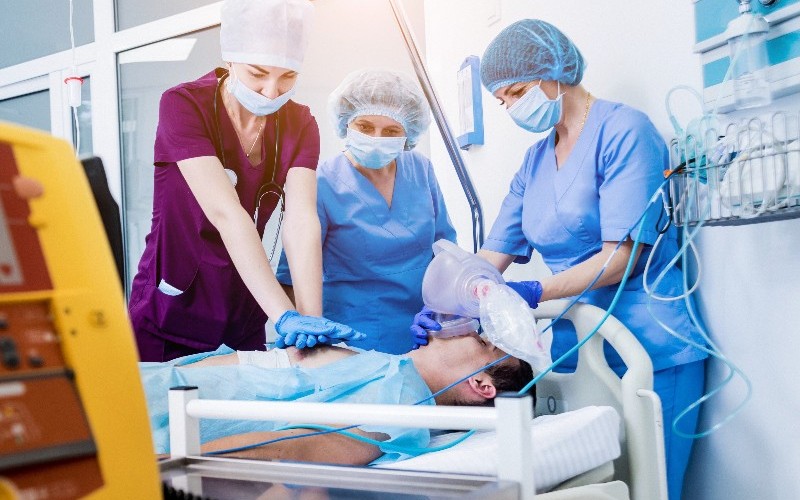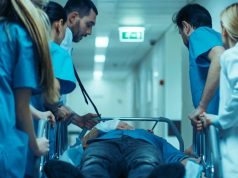For patients with in-hospital cardiac arrest, probabilities of favorable outcomes decrease with duration of CPR
By Elana Gotkine HealthDay Reporter
THURSDAY, Feb. 8, 2024 (HealthDay News) — For patients with in-hospital cardiac arrest, the time-dependent probabilities of favorable outcomes decrease with duration of cardiopulmonary resuscitation, according to a study published online Feb. 7 in The BMJ.
Masashi Okubo, M.D., from the University of Pittsburgh School of Medicine, and colleagues conducted a retrospective cohort study involving 348,996 adult patients with an index in-hospital cardiac arrest who received cardiopulmonary resuscitation from 2000 through 2021. Outcomes were examined as a function of duration of cardiopulmonary resuscitation.
The researchers found that 66.9 percent of the patients achieved return of spontaneous circulation, with a median interval of seven minutes between the start of chest compressions and first return of spontaneous circulation; 33.1 percent of patients did not achieve return of spontaneous circulation (median of 20 minutes between start of chest compressions and resuscitation termination). Overall, 22.6 percent of patients survived to hospital discharge. Among those pending the first return of spontaneous circulation at a one-minute duration of cardiopulmonary resuscitation, the probabilities of survival and favorable functional outcome were 22.0 and 15.1 percent, respectively. The probabilities of survival and favorable functional outcome decreased as duration of cardiopulmonary resuscitation increased, and were <1 percent for survival at a duration of 39 minutes and for favorable functional outcome at a duration of 32 minutes.
“The findings provide resuscitation teams, patients, and their surrogates with the objective probabilities of subsequent favorable outcomes if patients pending the first return of spontaneous circulation received further cardiopulmonary resuscitation,” the authors write.
Copyright © 2024 HealthDay. All rights reserved.








